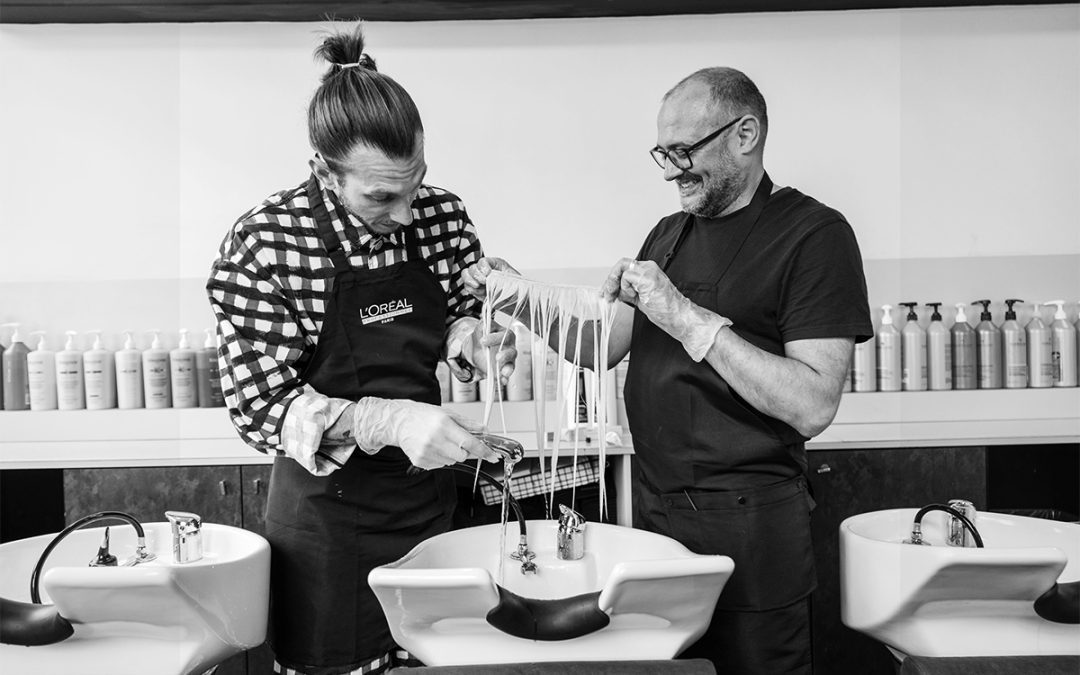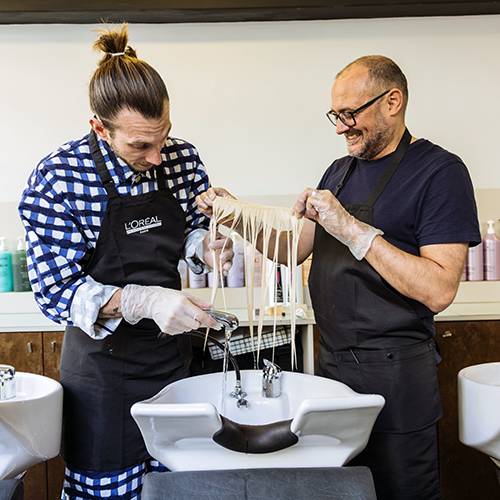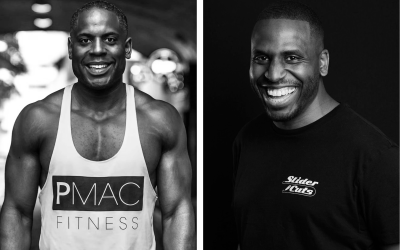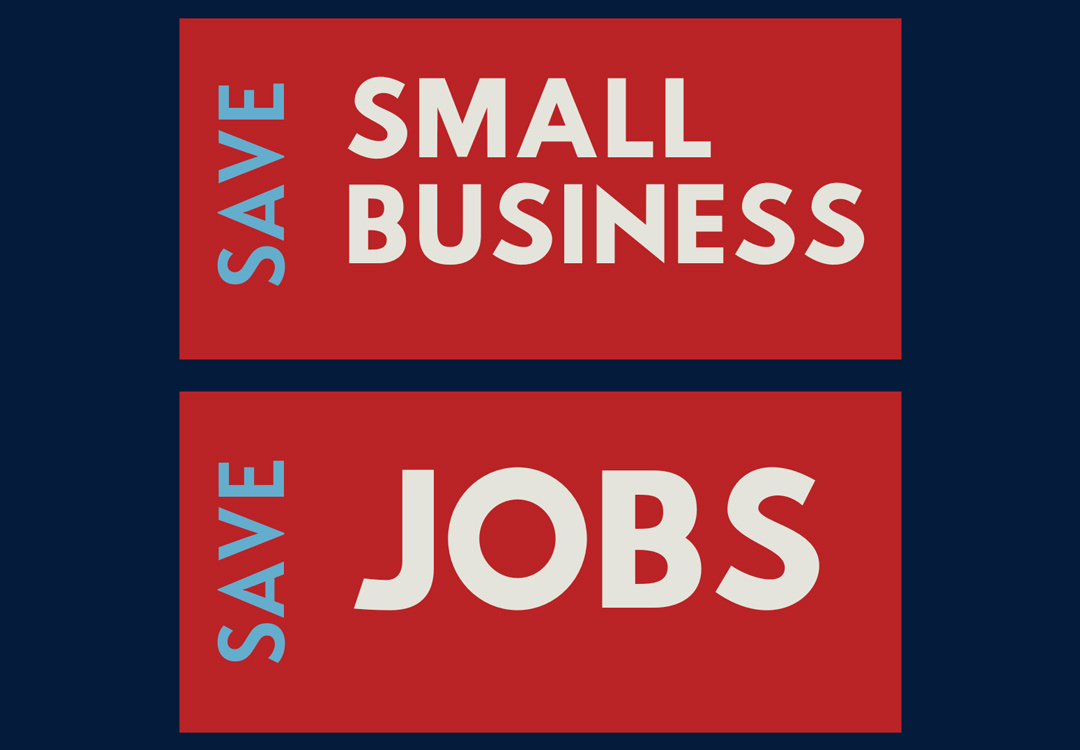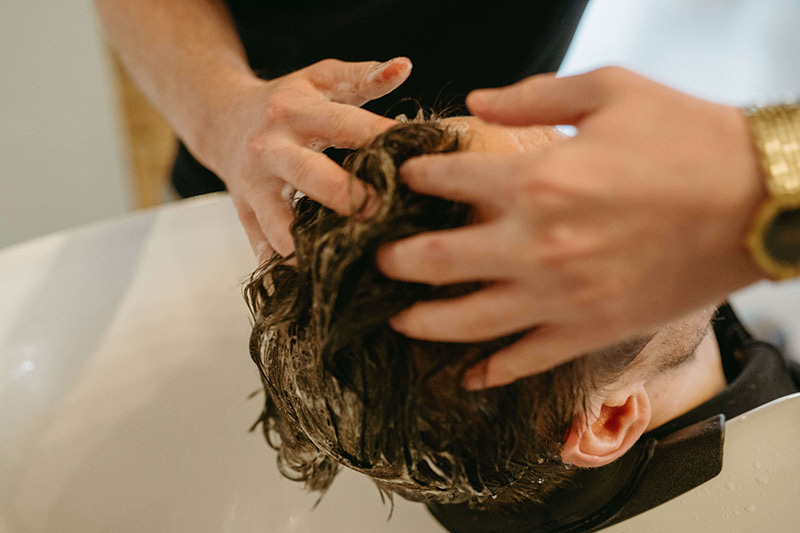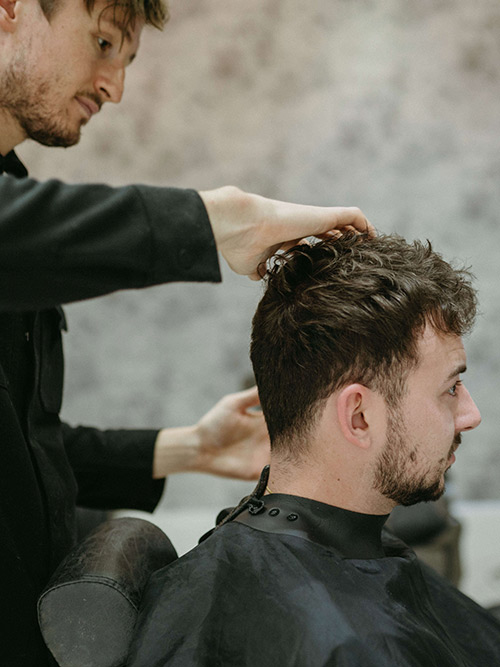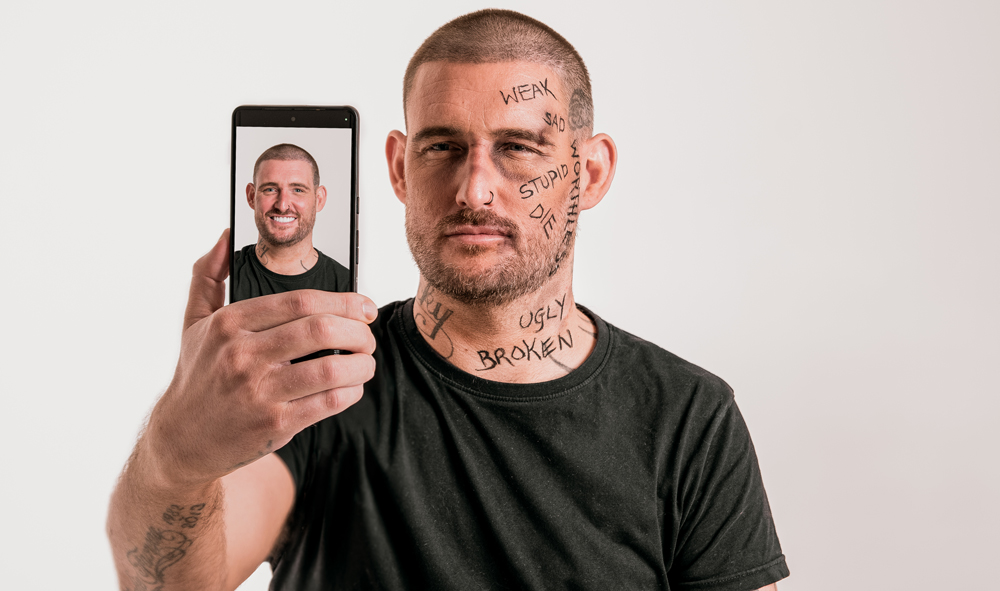1: Don’t miss the deadline.
It may sound obvious, but set 50 alarms and reminders, highlight the date on your calendars, pin a giant note to your wardrobe door… 9pm, Monday 20 May is the cut-off for submitting your completed entries.
2: There’s an age limit for It Listers.
If you’re entering the It List, you must be aged 30 or under at the competition closing date (Monday 20 May), and proof of age is required at the time of entry. Make sure you’re within range – and if you’re not, remember, there is no age limit for Most Wanted.
3: Re-check the category criteria.
Each category asks for specific entry content, and how you supply this content differs between them. So, make sure you provide precisely what’s stated within the criteria – and if you’re entering multiple categories, don’t assume the same applies. To further hammer home the importance of this point, we provide our judges with criteria for entry, and this is what they refer to when delivering their scores. Missing content = missing the mark.
4: Keep to the page counts and timeframes.
After pouring time and energy into your entries, don’t let an oversight like exceeding the maximum number of PDF pages, or going over the stated video duration, be your downfall. To avoid disqualification, stick within the limits as defined within the criteria for the award you are entering – again, these can differ between categories, so check and check again, to make doubly sure you aren’t over-delivering.
5: Don’t forget your ‘supporting imagery’.
It’s a small but crucial detail; each category asks for some ‘supporting imagery’, which may be used to promote your success if you reach the finals. We need it, so don’t forget it! For It List categories, this also includes proof of age (such as a copy of the picture page of your passport, your driving licence, or your birth certificate). Omit nothing!
6: Supply correct – and your OWN – details on the entry form.
When you upload your entries, you are required to complete an online entry form. This part’s vitally important, because if the judges put you through, we use the details you provide to showcase your success as a finalist and to keep in touch throughout the next stages of the competition. The details must be your own, as the entrant (they cannot be those of a third party – for example, a PR representative), so take a minute to check everything’s present and correct before you hit ‘upload’.
So, that’s it – six final checks to help you deliver your entries in line with requirements. For general guidance on how to enter, and answers to frequently asked questions, visit the ‘entry instructions’ sections at the Most Wanted and It List pages.
Now, go forth and master MWIT!
